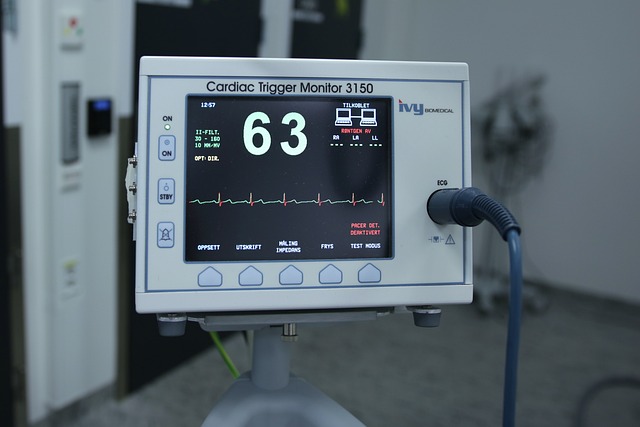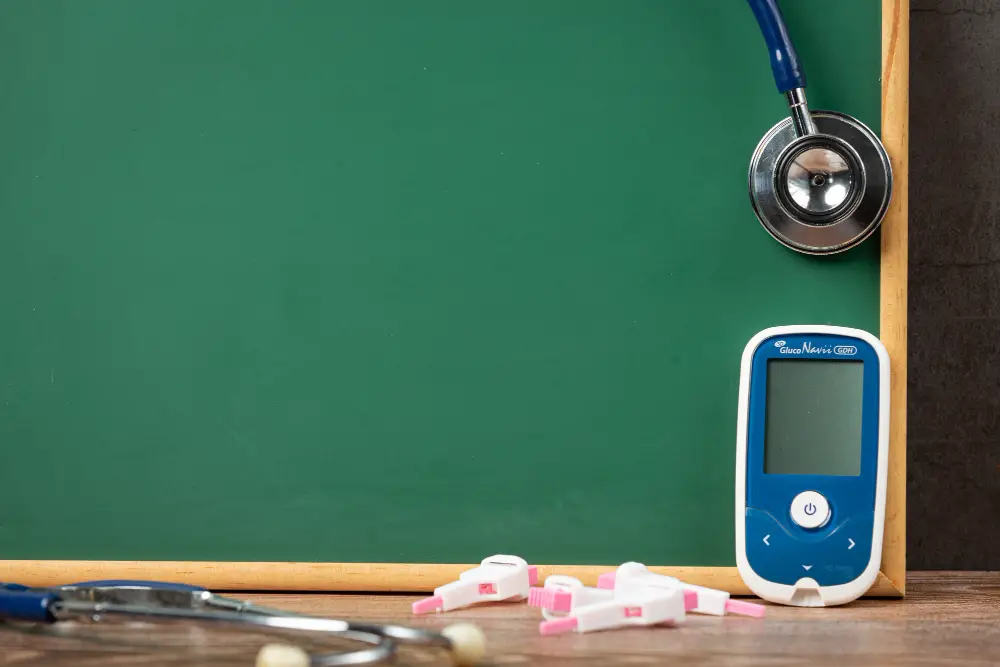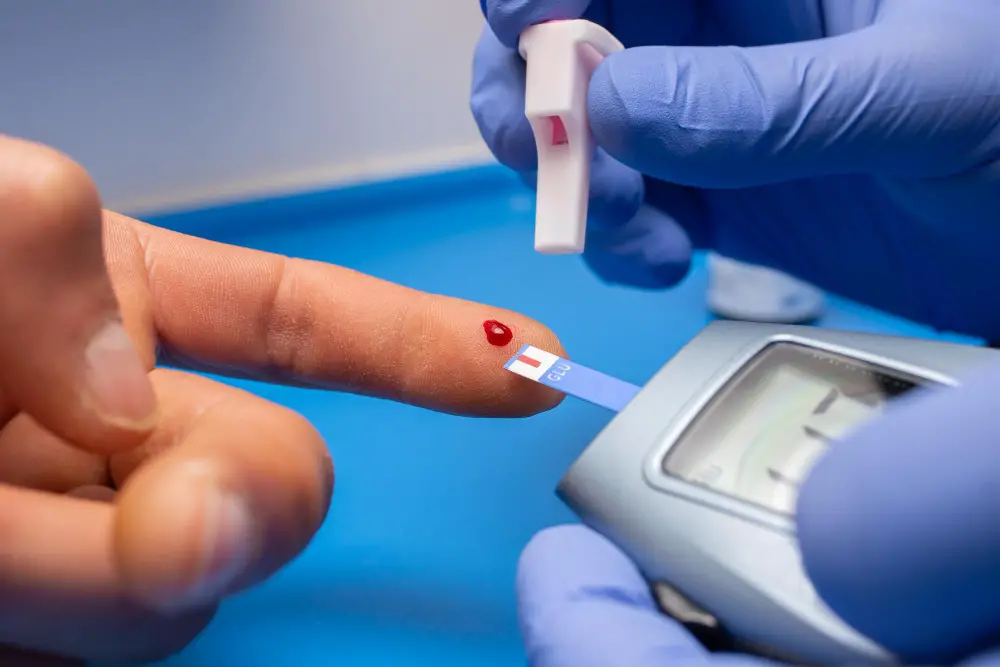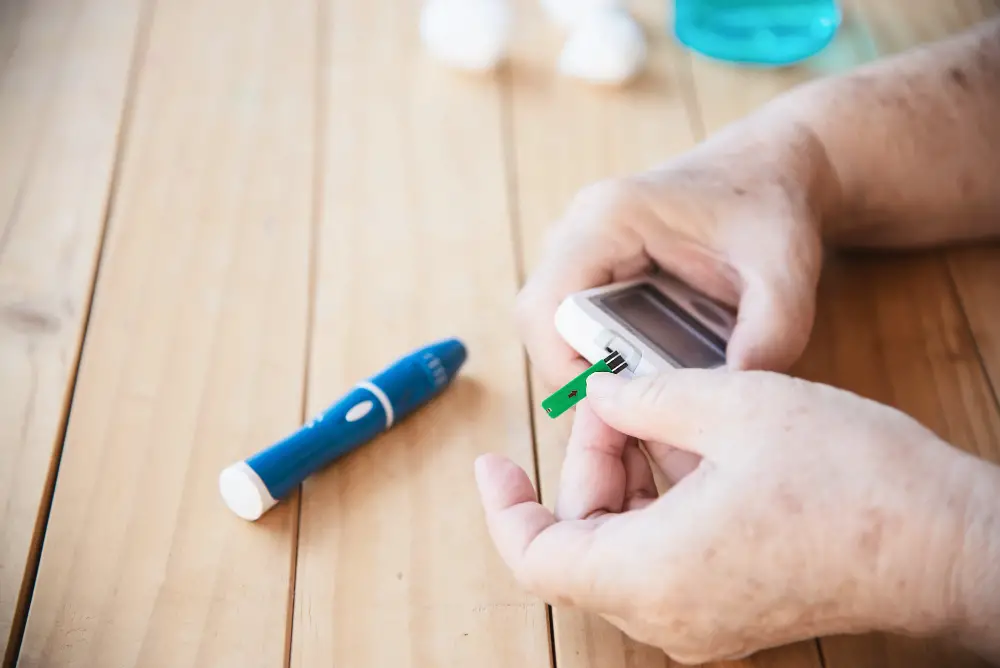
Atrial Fibrillation & Slow Heart Rate-Things You Must Know
-
- Dr. Junaid Arshad
- January 7, 2023
- 0 comments
Table of Contents
Can you have atrial fibrillation with a slow heart rate?
Yes, it is possible that a person develops a slow heart rate with atrial fibrillation. Usually, atrial fibrillation is associated with a fast heart rate of 120-180 beats per minute and sometimes even more. But occasionally heart rate with atrial fibrillation can fall to as low as 40-50 beats. Although, a slow heart rate is much less common than a fast rate in patients with atrial fibrillation.
Reasons for slow heart rate with atrial fibrillation?
The most common and important reason to consider in patients with low heart rates and atrial fibrillation is drugs.
These patients are put on rate-limiting drugs.
Rate-limiting drugs are the ones that decrease the heart rate.
The goal is to keep the heart rate within normal limits i.e. 60-100 beats per minute.
Some patients may be more sensitive to the usual therapeutic doses of these drugs and hence develop a slow heart rate.
Rate-limiting drugs used for treating atrial fibrillation include beta-blockers, calcium channel blockers, & digoxin.
Symptoms of slow heart rate with atrial fibrillation
The most common symptoms include the following
- Dizziness
- Vertigo
- Syncope
- Tendency to fall
- Generalized weakness
- Apprehension
- Blackouts
It is possible that a person has a slow heart rate of 40-50 beats per minute and still remains asymptomatic.
Mechanism of above-mentioned symptoms
The mechanism responsible for the above-mentioned symptoms is decreased cardiac output.
Cardiac output is the amount of blood the heart pumps in one minute.
It is equal to the product of stroke volume and heart rate
The formula is Cardiac Output (C.O) = Heart Rate x Stroke Volume
Where Stroke volume is the amount of blood pumped with each beat.
So if the heart rate is decreased and stroke volume remains constant the net effect is decreased cardiac output.
When the cardiac output is decreased the heart is not able to deliver adequate blood to vital organs including the brain.
This results in symptoms of dizziness, syncope, and a tendency to fall.
Treatment of slow heart rate in patients with atrial fibrillation
Whether to give any treatment or not for slow heart rate in such patients depends upon the symptoms.
Patients with no symptoms require no treatment.
Patients with mild symptoms and normal blood pressure can be managed by decreasing the dose of the rate-limiting drugs mentioned above.
Patients who develop low blood pressure of less than 90/60mmHg need proper management.
They may require a temporary pacemaker or injection of atropine, this varies from patient to patient and is to be decided by the attending physician.
Target Heart Rate in Atrial Fibrillation
In patients with atrial fibrillation keeping the heart rate in a specific range is very important.
The ideal limit is somewhere between 60-100 beats per minute under resting conditions.
Whereas with exercise, a heart rate of 110-120 is acceptable.
A heart rate of more than 120 and less than 50 should be addressed.
A heart rate less than 40-50 may be considered a dangerously low heart rate.
Although heart rate limits may vary from patient to patient depending upon age, gender, symptoms, functional status, & comorbid conditions.
Some more details of Rate Limiting Drugs
- Beta Blockers
- Beta-blockers are the most important class of drugs used to control heart rate in patients with atrial fibrillation.
- They act on beta 1 receptors on heart rate and decrease heart rate.
- They also have a blood pressure-lowering effect.
- If a patient has low blood pressure, their use should be avoided.
- Commonly used drugs include Beta blockers and the following
- Acebutolol
- Atenolol
- Betaxolol
- Bisoprolol
- Carteolol
- Carvedilol
- Esmolol
- Labetalol
- Levobunolol
- Metoprolol
- Nadolol
- Nebivolol
- Pindolol
- Propranolol
- Sotalol
- Timolol
- Common brands are:
- Tenormin
- Zebeta
- Lopressor
- Toprol XL
- Corgard
- Bystolic
- Inderal
- InnoPran XL
- Calcium Channel Blockers
- They act by blocking calcium channels in the heart and blood vessels.
- They are used in patients in whom beta blockers can not be used.
- The most common contraindication for beta blockers is lung disease and active bronchospasm like in patients with Asthma and COPD.
- They also have a blood pressure-lowering effect.
- Should not be used in patients with low ejection fraction.
- Drugs included in this group are listed below:
- Dihydropyridines
- Amlodipine
- Clevidipine
- Felodipine
- Flunarizine
- Isradipine
- Levamlodipine
- Nicardipine
- Nifedipine
- Nimodipine
- Nisoldipine
- Nondihydropyridines
- Diltiazem
- Verapamil
- Dihydropyridines
- Famous brands are as below:
- Norvasc
- Calan
- Vascor
- Plendil
- Cardene SR
- Out of above-mentioned calcium channel blockers verapamil and diltiazem are rate-limiting CCBs used in atrial fibrillation
- Digoxin
- The next drug used for rate control in atrial fibrillation patients is digoxin.
- Digoxin is a drug of choice in heart failure patients with atrial fibrillation.
- As previously mentioned both calcium channel blockers and beta blockers are contraindicated in heart failure.
- Digoxin does not decrease blood pressure & can be used in patients with low blood pressure.
- Famous brands in the US include
- Digitek
- Digox [DSC]
- Lanoxin
- Lanoxin Pediatric
- In patients using digoxin, drug levels should be monitored periodically as it cannot be removed even with dialysis.
- Digoxin toxicity is difficult and very expensive to treat.
- Renal adjusted doses should be used in patients with deranged renal functions.
What is the ejection fraction?
Ejection fraction refers to the percentage of blood the left ventricle of the heart pumps with each contraction.
The average normal ejection fraction is 60%.
This means that the heart has pumped 60% of the blood in one contraction.
In patients with atrial fibrillation, the ejection fraction is an important parameter that determines which drug should be used for controlling heart rate and rhythm.
Ejection fraction is assessed by transthoracic echocardiography(TTE).
TTE is a very common and essential diagnostic modality used in cardiology.
It uses ultrasound waves.
It is a simple investigation with no prerequisites and can be done easily.
It is also a cheaper and non-invasive investigation.
It tells about the structure and function of the heart.
In atrial fibrillation patients, its use is also to assess valvular disease like mitral stenosis, & mitral regurgitation which is commonly associated with atrial fibrillation.
The most common reason for low ejection fraction is a heart attack.
Take Home
If you have atrial fibrillation and a slow heart rate of somewhere between 50-60 do not be afraid of it.
Monitor your symptoms and consult your cardiologist.
Adjusting the dose can help you achieve a normal heart rate.
If you develop low blood pressure then immediately report to the emergency department.




